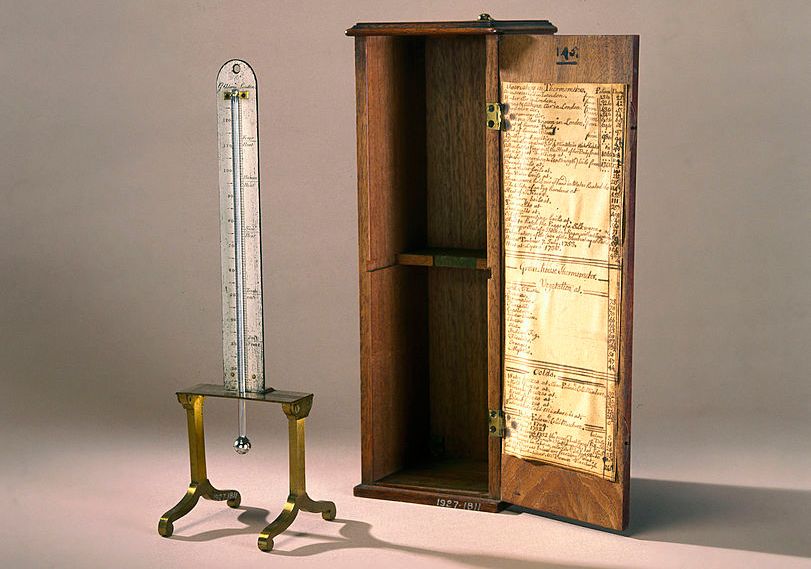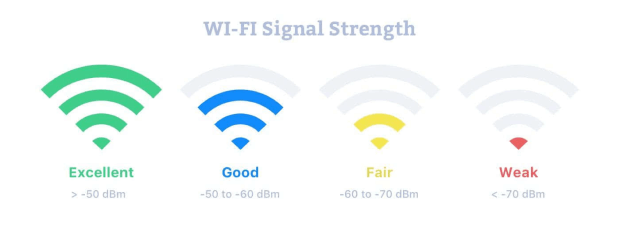
Temperature conversion is converting a temperature measurement from one scale to another. The two most commonly used temperature scales are Celsius and Fahrenheit. Celsius is used in most countries worldwide, while Fahrenheit is used mainly in the United States. Understanding temperature conversion is important because it allows for easy comparison and understanding of temperature measurements across different scales.
Understanding Celsius and Fahrenheit Scales
The Celsius scale, also known as the centigrade scale, was developed by Swedish astronomer Anders Celsius in the 18th century. It is based on water’s freezing and boiling points, with 0 degrees Celsius representing the freezing point and 100 degrees Celsius representing the boiling point at sea level.
On the other hand, the Fahrenheit scale was developed by German physicist Daniel Gabriel Fahrenheit in the early 18th century. It is based on three reference points: the freezing point of a mixture of water, ice, and salt (0 degrees Fahrenheit), the average human body temperature (98.6 degrees Fahrenheit), and the boiling point of water (212 degrees Fahrenheit).
The main differences between the Celsius and Fahrenheit scales are their reference points and the size of their degree intervals. While both scales have a water freezing point of 0 degrees, their boiling points differ significantly. Additionally, one degree Celsius equals 1.8 degrees Fahrenheit, making conversions between the two scales slightly more complex.
Why Convert Celsius to Fahrenheit?
There are several reasons why converting temperatures from Celsius to Fahrenheit may be necessary. One common cause is traveling to countries that use the Fahrenheit scale, such as the United States. To understand and communicate temperature measurements effectively, it is important to be able to convert between the two scales.
Another reason to convert Celsius to Fahrenheit is when working with specific temperature requirements or guidelines. Certain recipes or cooking instructions may specify temperatures in one scale, requiring conversion for accurate cooking or baking. Similarly, some medical devices or medications may provide temperature measurements in one scale, necessitating conversion for proper usage.
The Formula for Converting Celsius to Fahrenheit
The formula for converting Celsius to Fahrenheit is as follows:
°F = (°C × 9/5) + 32
In this formula, °F represents the temperature in Fahrenheit, and °C represents the temperature in Celsius. By entering the Celsius temperature into the formula and performing the necessary calculations, the equivalent temperature in Fahrenheit can be obtained.
Step-by-Step Guide to Converting Celsius to Fahrenheit
Converting Celsius to Fahrenheit can be done using the following step-by-step process:
1. Start with the temperature in Celsius that needs to be converted.
2. Multiply the Celsius temperature by 9/5.
3. Add 32 to the result obtained in step 2.
4. The final result is the temperature in Fahrenheit.
For example, let’s convert 25 degrees Celsius to Fahrenheit using this process:
1. Start with 25 degrees Celsius.
2. Multiply 25 by 9/5: (25 × 9/5) = 45.
3. Add 32 to 45: 45 + 32 = 77.
4. The final result is 77 degrees Fahrenheit.
Using Online Temperature Conversion Tools
Online temperature conversion tools are widely available and can make converting temperatures much easier and faster. These tools allow users to input a temperature on one scale and instantly receive the converted temperature on another scale.
One advantage of using online conversion tools is their convenience and accessibility. They can be accessed from any device with an internet connection, making them readily available whenever needed. Additionally, these tools eliminate the need for manual calculations, reducing the chances of errors during conversion.
However, there are also some disadvantages to using online conversion tools. One potential drawback is the reliance on an internet connection. If there is no internet access, the tool cannot be used. Additionally, some online tools may not be accurate or reliable, leading to incorrect conversions. Using reputable and trusted conversion tools is important to ensure accurate results.
Common Conversion Mistakes to Avoid
When converting Celsius to Fahrenheit, several common mistakes should be avoided to ensure accurate results. One common mistake is forgetting to multiply the Celsius temperature by 9/5 before adding 32. This step is crucial in the conversion formula, and skipping it will result in an incorrect conversion.
Another common mistake is rounding off the intermediate calculations too early. It is important to perform all calculations with the full precision of the numbers involved before rounding off the final result. Rounding off too early can lead to significant errors in the converted temperature.
Lastly, it is important to double-check the input and output units when using online conversion tools. Some tools may default to a different unit of measurement, such as Kelvin, which can lead to incorrect conversions if not adjusted properly.
Tips for Accurate Temperature Conversion
To ensure accurate temperature conversion, several tips can be followed:
1. Double-check the formula: Before performing any calculations, ensure you have the correct formula for converting Celsius to Fahrenheit. This will help avoid errors caused by using an incorrect formula.
2. Use a calculator: When performing calculations manually, it is recommended to use a calculator or a reliable math tool to ensure accuracy. This will help minimize errors from manual calculations.
3. Round off at the end: To maintain precision in the converted temperature, it is best to round off the final result rather than rounding off intermediate calculations. This will help prevent cumulative errors from rounding off too early.
4. Verify with multiple sources: If using online conversion tools, verifying the results with various sources is a good practice to ensure accuracy. This can help identify any discrepancies or errors in the conversion.
5. Practice and familiarity: The more you practice converting temperatures, the more familiar you will become with the process. This will help improve accuracy and speed in temperature conversions.
Applications of Temperature Conversion in Daily Life
Temperature conversion is used in various aspects of daily life. One common application is in weather forecasting and reporting. Different countries and regions may use different temperature scales, so conversions are necessary to provide accurate and consistent temperature information to the public.
Temperature conversion is also important in cooking and baking. Many recipes provide temperature instructions in one scale, requiring conversion for those using a different scale. Accurate temperature conversion ensures food is cooked or baked at the correct temperature, resulting in desired outcomes.
Temperature conversion is crucial for the proper usage of medical devices and medications in the medical field. Some medical devices may provide temperature measurements on one scale, requiring conversion for accurate interpretation and usage. Similarly, certain medications may have specific temperature requirements for storage or administration, necessitating conversion for proper handling.
Benefits of Knowing How to Convert Celsius to Fahrenheit
In conclusion, understanding temperature conversion, specifically converting Celsius to Fahrenheit, is important for various reasons. It allows for easy comparison and understanding of temperature measurements across different scales, making it essential for international communication and travel. Additionally, accurate temperature conversion is necessary in various fields, such as cooking, weather forecasting, and medicine.
Individuals can easily convert temperatures manually by knowing the formula and following the step-by-step process for converting Celsius to Fahrenheit. Alternatively, online conversion tools can be used for convenience and speed. However, using reputable tools and avoiding common conversion mistakes is important to ensure accurate results.
Overall, knowing how to convert Celsius to Fahrenheit provides numerous benefits in daily life and enhances understanding and communication of temperature measurements across different scales.












